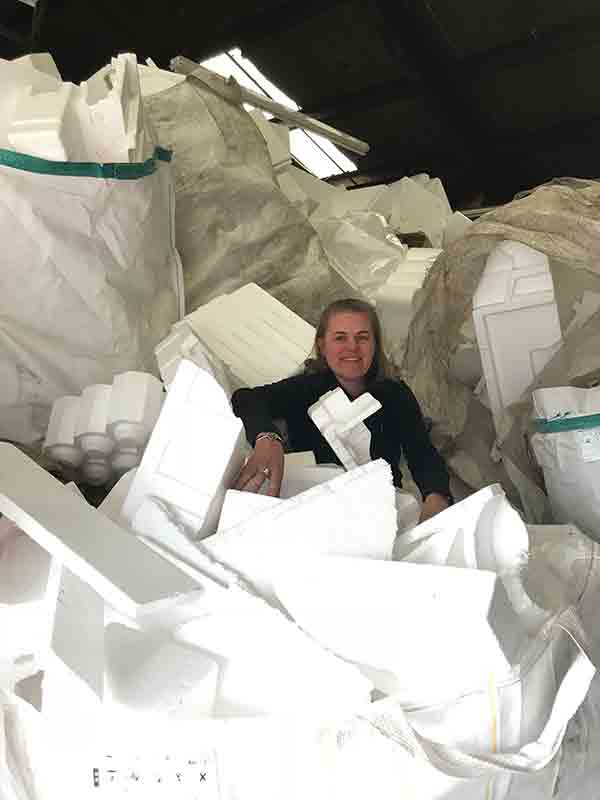The Blog
The Lifecycle of Foam
March 8, 2023

Packing peanuts, food containers, coffee cups, and packaging material you might know as Styrofoam. In fact, Styrofoam is a Dow company trademarked name for extruded polystyrene foam (XPS) that’s used for insulation purposes. The foam we often encounter when we order large items online or pick up takeout for dinner is expand polystyrene foam (EPS).
Polystyrene is a type of plastic that begins in the manufacturing process as small synthetic beads. The beads are heated and molded to form several types of commonly used plastic, including CD cases, smoke detectors, disposable razors, and other hard plastics. During the heating process, the beads can be expanded and molded to form EPS and XPS foam. EPS and XPS foam are expanded between 40 and 80 percent of the original volume and consist primarily of air. It’s inexpensive to manufacture, simple to transport due to its lightweight nature, and is a semi-durable and reliable product. So, what’s the problem?
EPS and XPS foam are notoriously difficult to recycle due to our municipal recycling infrastructure. In the landfill, it can take around 500 years for it to decompose. When EPS and XPS foam end up in our natural environment, it leaches into our water and soil systems as component cells. The health risks of the component cells in our natural environment are daunting with some experts suspecting them to be carcinogenic.
To help prevent the pollution of EPS and XPS foam in our environment, use alternative products to foam, encourage your local and online businesses to switch to paper products, and vote for policies and politicians that will create bans of foam in your community.
By Addison Marr